Picture this: a 19-year-old guy, out for a stroll, ends up lost in a swampy, muddy mess for seven hours. No cellphone, no GPS, just him and the mosquitoes in a Massachusetts wetland that Officer Brennan Cardoza described as “muddy, nasty, where you wouldn’t want to be.” Sounds like a nightmare, right? But here’s the kicker: Somerset Police swooped in with a drone, complete with a speaker and a pre-recorded message, to find this kid and guide him out.

This is the kind of story that makes me, a UAV pilot with a passion for all things that fly, want to stand up and cheer for drones.

They’re not just for epic aerial shots or delivering your Amazon packages—they’re legit lifesavers. Let’s dive into how this high-flying heroics went down and why drones are changing the game for Search and Rescue.
A Swampy Situation and a Drone’s Big Moment
It all started late on a’sunday evening when a family in Somerset, Massachusetts, called the police, frantic. Their 19-year-old hadn’t come home from a walk, and he didn’t have a phone. Neighbors could hear him yelling, but the swampy wetlands were like a maze of mud and misery. Enter the Somerset Police Department and their trusty DJI Mavic 3 Enterprise drone, which, let me tell you, deserves a cape for what it pulled off. Equipped with a speaker blasting a pre-recorded message, the drone flew over the wetlands, calling out to the teen.

The kid shouted back, and just like that, the drone helped the officers triangulate his position. Boom—technology for the win!
Now, I’ve flown drones over some tricky terrain in my time as a videographer, from Ecuador’s jungles to wedding venues where the bride’s uncle is way too curious about my gear. But navigating a swamp to find a lost person? That’s next-level. The drone didn’t just locate the teen; it also guided officers through the muck to reach him and then led everyone back out safely.
Officer Cardoza, who waded through the swamp himself, was humble about it, saying, “We didn’t do anything that any other police officer wouldn’t have done.” Sure, but let’s give a shoutout to the drone that made it possible to avoid a much longer, riskier search.
Why Drones Are the MVPs of Search and Rescue
This Massachusetts rescue is a textbook example of why drones are becoming the go-to tool for search and rescue (SAR) operations. Let’s break it down. First, drones are fast. While ground teams are slogging through mud or dense brush, a drone can zip over the area, covering ground in minutes that would take hours on foot.
In this case, the Somerset police used the drone’s speaker to communicate with the teen, turning a needle-in-a-haystack situation into a precise operation.
Second, drones keep people safe. Instead of sending officers into dangerous terrain blind, the drone provided real-time intel, reducing the risk of injury to both rescuers and the lost teen.
I’ve seen drones work miracles in my own work. When I was filming a documentary in a remote area, my DJI Mini 3 Pro picked up details on a trail that helped us find a lost crew member who’d wandered off chasing a “perfect shot.”
Drones don’t just see what we can’t—they go where we shouldn’t. And with tech like thermal imaging, which we’ve seen in other SAR missions (like that West Richland rescue in Washington), drones can spot heat signatures in the dark or through dense foliage.
The Somerset drone didn’t need thermal tech this time, but the speaker system was a genius move, proving that even basic drone features can be game-changers.
Compare this to old-school SAR methods—helicopters, search dogs, or foot patrols. Helicopters are expensive, loud, and can’t hover low in tight spaces like a swamp.
Dogs are awesome but get tired and can’t cover vast areas quickly. Drones? They’re affordable, nimble, and can be fitted with tools like speakers, cameras, or even LiDAR for mapping tricky terrain. The Somerset case shows how a drone can turn a seven-hour ordeal into a swift, successful rescue. If that’s not a reason to get excited about unmanned aerial systems (UAS), I don’t know what is.
The Bigger Picture: Drones as First Responders
This rescue isn’t just a cool story—it’s part of a bigger trend. Law enforcement agencies across the U.S. are embracing drones as First Responders, and it’s not hard to see why. Posts on X have been buzzing about similar missions, like a Washington rescue where a drone’s thermal imaging saved a man from hypothermia.
Programs like Drone as First Responder (DFR) are popping up everywhere, from Fremont, California, to Chula Vista, where drones respond to 911 calls faster than officers can. These UAVs provide a bird’s-eye view, real-time data, and sometimes even de-escalate situations just by showing up (because who’s going to keep causing trouble when a drone’s watching?).

But it’s not all smooth flying. Privacy concerns and regulations can clip a drone’s wings. Some folks worry about “Big Brother” surveillance, and the ACLU has raised valid points about unchecked drone use.
Somerset’s approach—using a drone transparently for a clear public good—shows how to do it right. Clear policies, like those in Fremont’s DFR program, ensure drones are used ethically, focusing on saving lives, not spying.
Plus, the tech keeps getting better. Companies like Brinc are rolling out drones like the Responder, designed for rapid deployment in emergencies. Imagine a future where every police department has a drone ready to launch from a rooftop, cutting response times and saving more lives. That’s the kind of future I’m stoked about.
My Take: Drones Are the Heroes We Need
As a UAV pilot who’s spent years geeking out over drones, this story hits close to home. I’ve seen firsthand how these machines can do more than capture stunning footage for a wedding or documentary—they can change lives. The Somerset rescue reminds me why I’m so passionate about the #DronesForGood movement. That teen could’ve been out there all night, cold, scared, and in real danger. Instead, a drone turned a potential tragedy into a happy ending. It’s the kind of thing that makes me want to high-five every engineer who’s ever worked on a UAV.
But here’s my two cents as a pilot: we need to keep pushing for more drone adoption in SAR. Every police department, fire station, and ranger outpost should have a drone and a trained pilot on call. The tech is there—DJI, BRINC, and others are making drones that are tougher, smarter, and more versatile than ever. And let’s not forget the training. Somerset’s drone operator knew exactly how to use that speaker system to pinpoint the teen. That’s skill, not just tech. We need more programs to certify pilots and more funding for agencies to get these tools in the air.
I also can’t help but think about the kid in that swamp. Seven hours in a “muddy, nasty” wetland sounds like something out of a horror movie. But thanks to a drone, he’s safe, and the officers didn’t have to play hero in a dangerous environment longer than necessary. This is why I’ll keep shouting from the rooftops (or flying my drone above them): drones aren’t just cool gadgets; they’re the future of saving lives.
So, here’s to the Somerset Police Department, their trusty UAV, and every drone out there proving that the sky’s the limit when it comes to doing good. Let’s keep those propellers spinning for the greater good
Photographs courtesy of Somerset Police Department
Discover more from DroneXL.co
Subscribe to get the latest posts sent to your email.

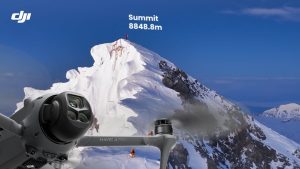
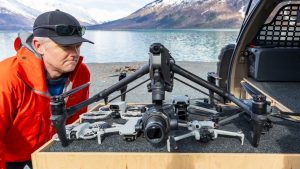
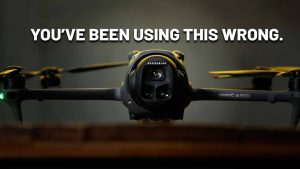
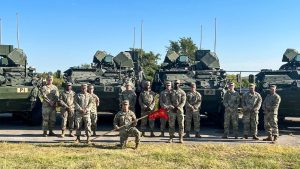
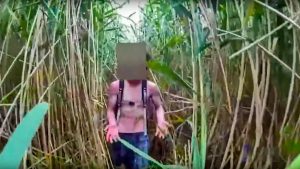



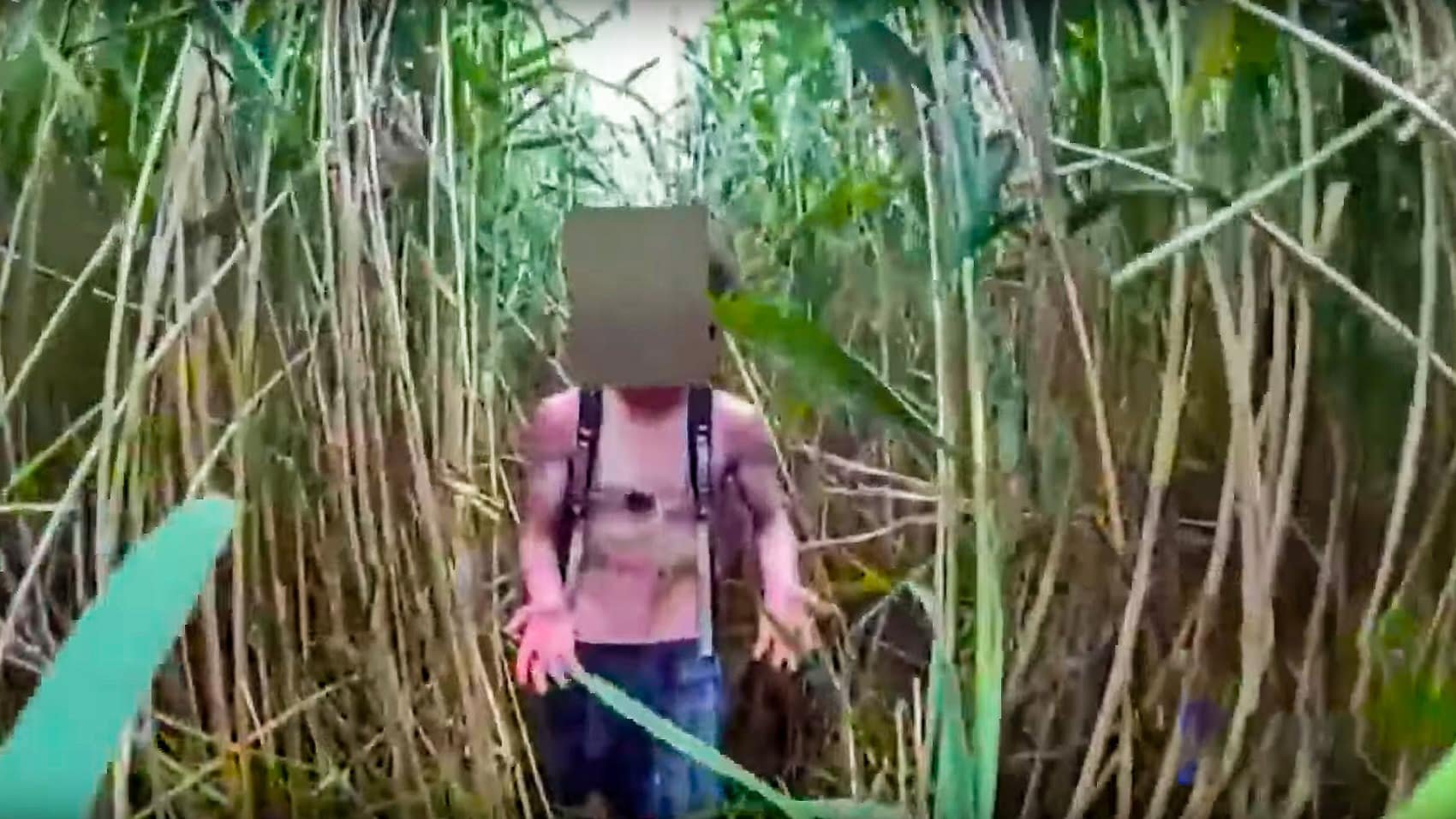

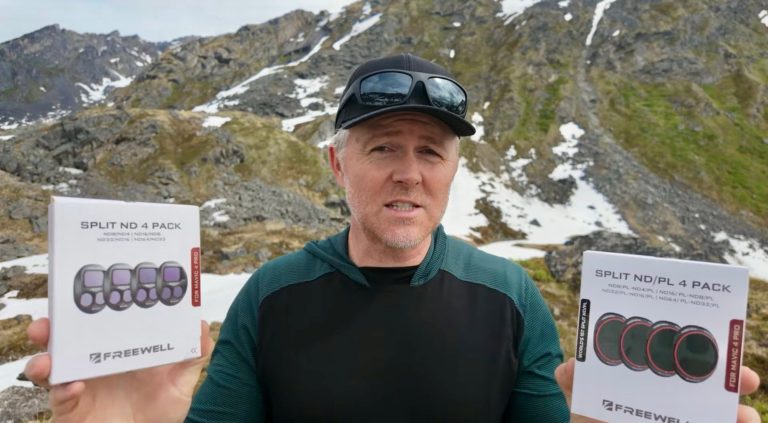
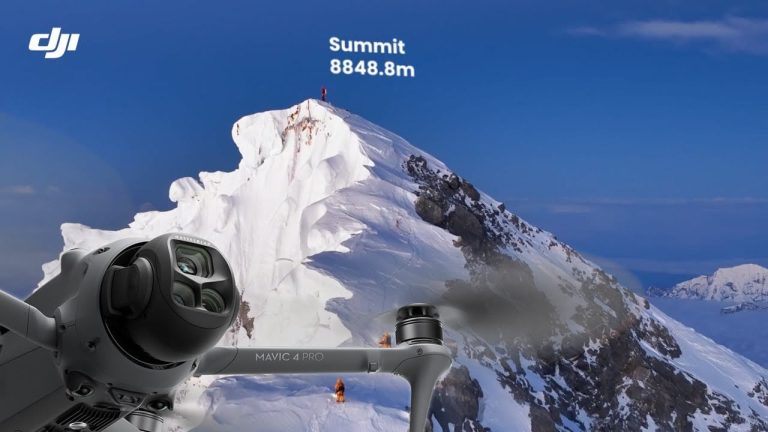
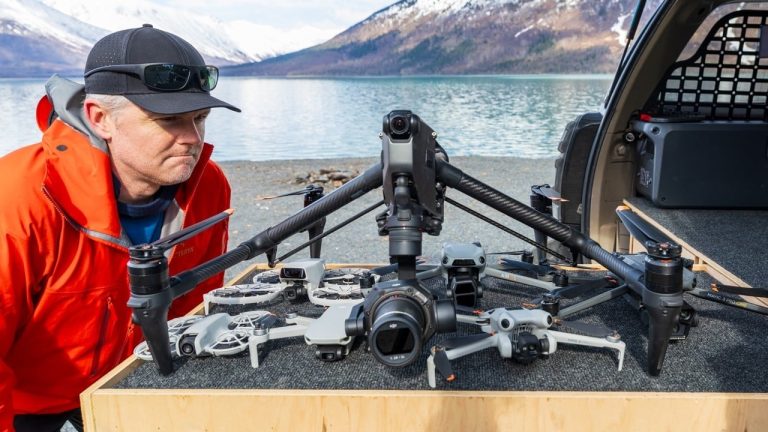
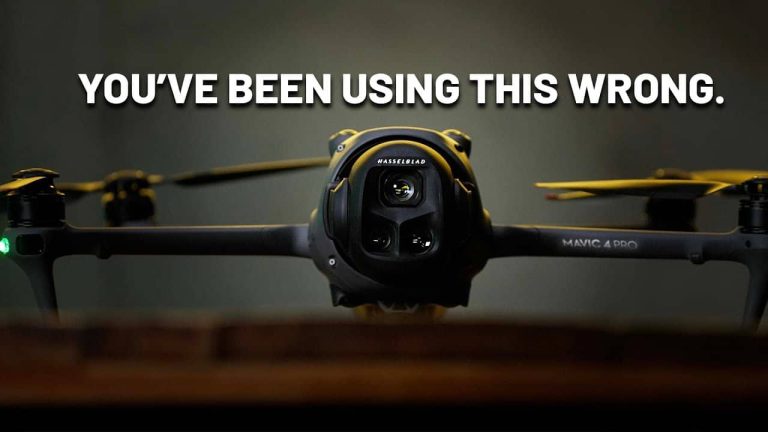

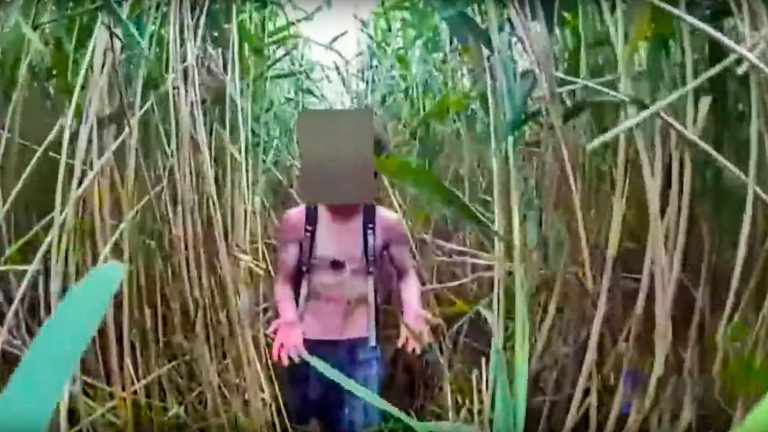

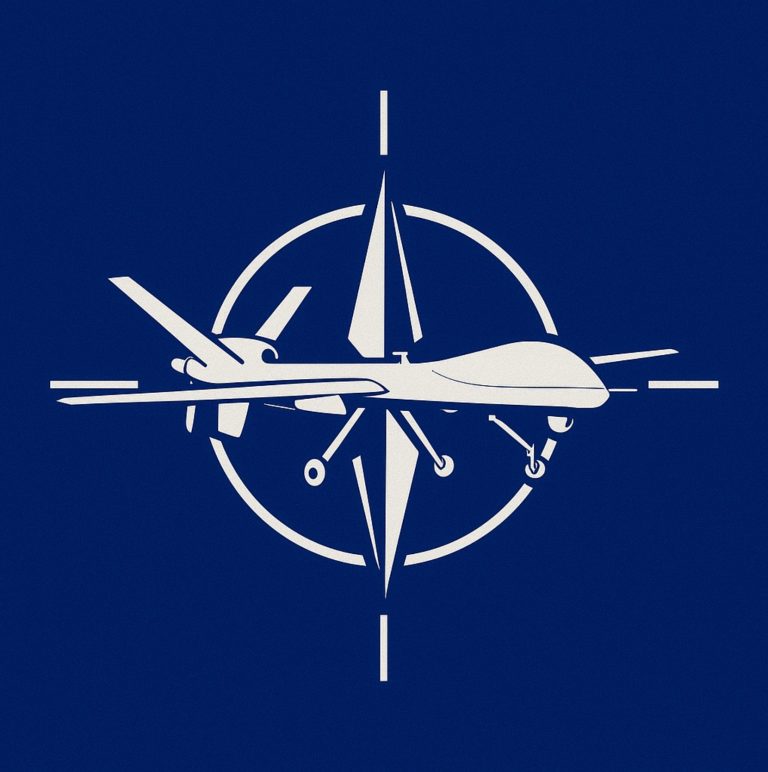
+ There are no comments
Add yours